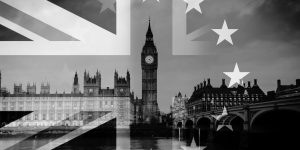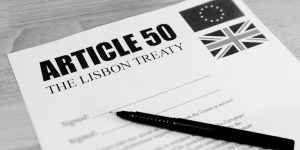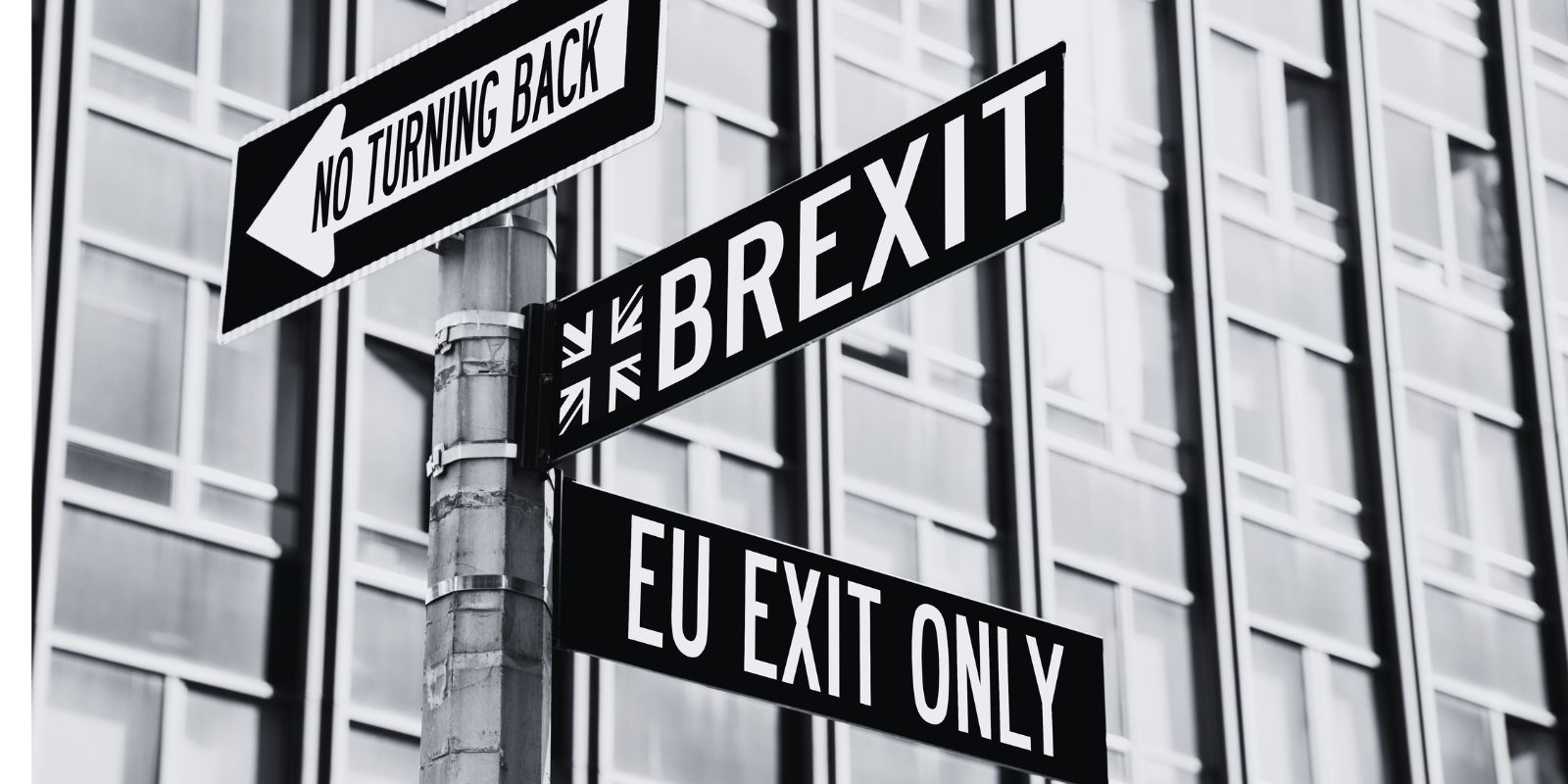What Happened On June 23rd?
On June 23, 2016, the United Kingdom held a referendum that altered its relationship with Europe and the world. Citizens across the UK voted on whether to remain in or leave the European Union, a decision known as Brexit.
From Westminster To Worries
Years of growing dissatisfaction with the EU among segments of the British population led to the referendum. Issues like immigration, economic control, and national identity fueled debates. Prominent political figures, including then-Prime Minister David Cameron, sought to renegotiate the UK’s terms of EU membership. Despite securing some concessions, Cameron promised a referendum to settle the issue once and for all.
The Labour Party had initially proposed the idea of a referendum in the 1970s when the UK first joined the European Economic Community (EEC), the precursor to the EU. The issue of Europe had long been a contentious topic in British politics.
The Battle For Britain
During the campaign period, both sides engaged in fierce debates and impassioned arguments. The Leave campaign, led by figures such as Boris Johnson and Nigel Farage, argued that the UK needed to regain control over its laws, borders, and economy. They claimed that leaving the EU would allow the UK to better manage immigration and redirect funds from the EU budget to domestic priorities. Their slogan, “Take Back Control,” resonated with many voters.
The Remain campaign, supported by David Cameron, Chancellor George Osborne, and other key politicians, warned of economic instability and diminished global influence if the UK left the EU. They emphasized the benefits of being part of the world’s largest single market and stressed the importance of international cooperation. Despite their efforts, concerns about sovereignty and immigration swayed a giant portion of the electorate.
The Leave campaign also capitalized on several high-profile endorsements. For example, Michael Gove, then Justice Secretary, and Priti Patel, the Employment Minister, both became prominent Leave voices. Conversely, former Prime Ministers John Major and Tony Blair publicly backed the Remain side, warning of severe economic consequences.
Boris Johnson’s campaign trail on an infamous bus claimed, “We send the EU £350 million a week. Let’s fund our NHS instead.” This statement became a focal point of controversy, with critics arguing that it misled the public about the potential financial benefits of leaving the EU.
The Vote Heard ‘Round the Kingdom
On the day of the referendum, millions of British citizens headed to polling stations across the country. As the results were tallied, it became clear that the country was deeply divided. London, Scotland, and Northern Ireland largely voted to remain, while much of England and Wales leaned towards leaving.
By the early hours of June 24, the final results were in: 51.9% voted to leave, while 48.1% voted to remain. Gibraltar, a British Overseas Territory, voted overwhelmingly to remain in the EU, with 96% of voters opting to stay. Gibraltar, which shares a border with Spain and relies heavily on the EU for trade and travel.

Changing Of The Guard
The reaction was swift. Prime Minister David Cameron announced his resignation, stating that he would leave it to his successor to guide the country through the Brexit process. “The British people have made a very clear decision to take a different path,” he said. “As such, I think the country requires fresh leadership to take it in this direction.”
The value of the British pound plummeted, hitting its lowest level in over 30 years. Markets around the world reacted with volatility as uncertainty gripped investors.
Political turmoil ensued within the UK. The Labour Party faced internal conflicts, and the Conservative Party embarked on a leadership contest, eventually leading to Theresa May becoming Prime Minister. Calls for Scottish independence resurfaced, with Scotland voting overwhelmingly to remain in the EU. Nicola Sturgeon, Scotland’s First Minister, expressed her intention to explore options for maintaining Scotland’s EU membership, including the possibility of a second independence referendum.
In Northern Ireland, the result reignited debates about the region’s future. Sinn Féin, the Irish nationalist party, called for a referendum on Irish reunification. The strong Remain vote made it evident that Northern Ireland’s interests were not aligned with those of the rest of the UK.
Brexit Blueprint
The decision to leave the EU set in motion a complex and often contentious process of negotiation. Article 50 of the Lisbon Treaty, the legal mechanism for leaving the EU, was triggered on March 29, 2017, beginning a two-year countdown to Brexit. The UK faced the difficult task of disentangling itself from decades of EU regulations and agreements.

Negotiations between the UK and the EU covered a wide array of issues, from trade and immigration to the rights of citizens and the status of the Irish border. The Irish border, in particular, proved to be a contentious issue, as it risked disrupting the peace established by the Good Friday Agreement. The UK sought to establish new trade deals independently of the EU while balancing domestic political pressures.
The discussions also included the future of the Erasmus programme, which allowed students to study abroad in EU countries. The UK eventually decided to leave the Erasmus scheme, disappointing many students and educational institutions that had benefited from the program.





